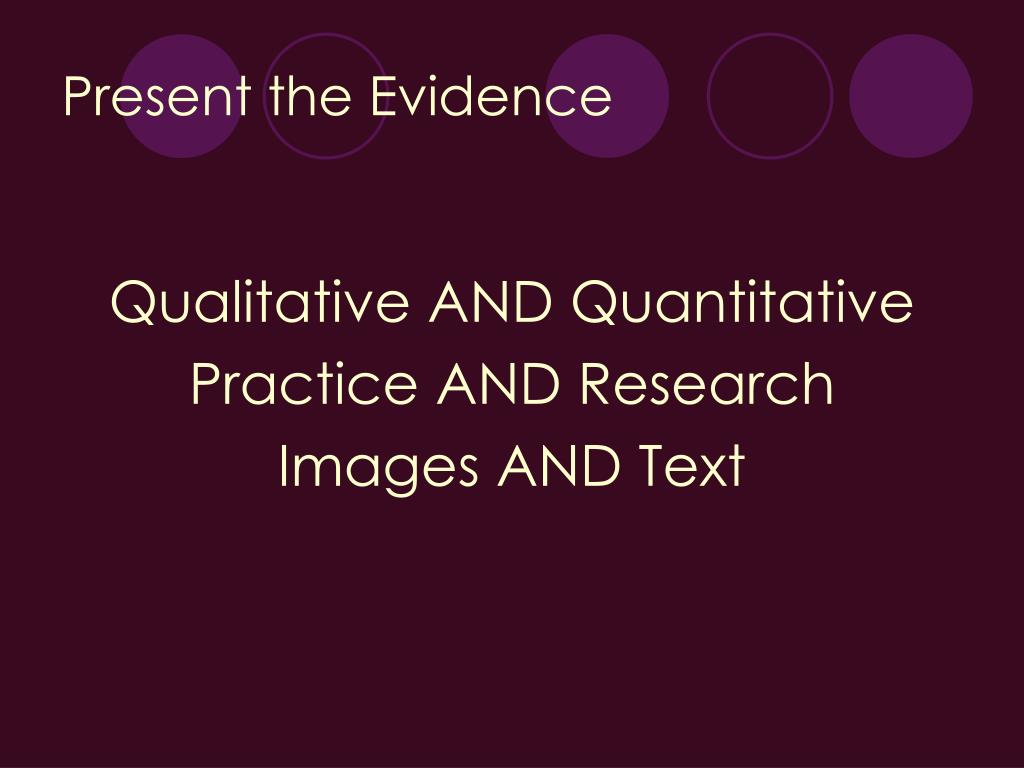Mastering Courtroom Evidence: Tips For Effective Presentation

Presenting evidence in court is a skill that can determine the success of a case. Just like Judge Mathis showcases courtroom strategies, effective evidence presentation is crucial for any legal professional. This guide will explore various techniques to enhance your courtroom presence, ensuring your evidence speaks volumes.

Understanding Different Types of Evidence
Evidence can be categorized into three main types: documentary, testimonial, and physical. Each type plays a distinct role in establishing facts during a trial.
Documentary Evidence
Documents, such as contracts, emails, or photographs, can provide concrete proof of a claim. For instance, in a breach of contract case, an email exchange may reveal the intentions of the parties involved. This type of evidence is often straightforward but requires proper organization to be impactful.
Testimonial Evidence
Witness testimony can significantly sway a jury's opinion. A credible witness's account can validate or challenge claims made in court. For example, in a recent personal injury case, a bystander’s testimony about the incident was pivotal in establishing liability. Effectively presenting this type of evidence involves preparing the witness thoroughly.
Physical Evidence
Physical evidence, such as weapons or fingerprints, offers tangible proof. In a criminal case, for instance, a weapon found at a crime scene can link a suspect to the crime. Presenting physical evidence requires careful handling and clear explanation to ensure its relevance is understood.

Organizing Your Evidence
Proper organization is key to effective evidence presentation. Creating an evidence timeline can help clarify the sequence of events.
Evidence Timeline
Developing a timeline allows you to present your case logically. For example, in a case involving a car accident, outlining the sequence of events leading up to the incident can highlight negligence. Use digital tools or simple charts to visualize this timeline for the court.
Organizing Materials
Keep your materials well-organized. Use binders or folders labeled by type of evidence. This approach not only aids in quick retrieval during trial but also demonstrates professionalism to the judge and jury.
Effective Presentation Techniques
How you present evidence can influence its reception. Utilize various techniques to enhance clarity and engagement.
Visual Aids
Incorporating visual aids, such as charts or slides, can make complex information easier to digest. For example, using a diagram to illustrate the layout of a crime scene can help jurors visualize key points. Ensure these aids are clear and directly related to the evidence presented.

Rehearsing with Witnesses
Mock trials can be a powerful tool for preparation. Practicing with witnesses allows them to become comfortable with their testimony. This process can also reveal potential weaknesses in their statements that need addressing before the actual trial.
Preparing Witnesses for Testimony
Witnesses can make or break a case. Proper preparation is essential for effective testimony.
Mock Trial Techniques
Conducting mock trials can help witnesses practice responding to tough questions. This simulation builds confidence and helps them articulate their stories better. For instance, a witness in a domestic violence case might encounter difficult cross-examination questions during a mock trial, preparing them for the real thing.
Clear Communication
Ensure your witnesses understand the importance of their role. Explain legal terms in simple language, so they feel comfortable during their testimony. This clarity can significantly reduce anxiety and lead to more effective communication in court.

Common Mistakes to Avoid
Avoiding common pitfalls can enhance your evidence presentation. Here are a few frequent errors to watch out for.
Lack of Organization
One of the biggest mistakes is presenting evidence in a disorganized manner. This can confuse jurors and weaken your case. Always ensure that your evidence is arranged logically and supports your narrative clearly.
Overloading on Information
While details are important, bombarding the jury with excessive information can dilute your message. Focus on the most critical pieces of evidence that drive your point home. For instance, in a fraud case, highlighting a single, well-documented transaction can be more effective than presenting numerous irrelevant documents.
Conclusion
In conclusion, mastering the art of presenting evidence in court is vital for any legal professional. By understanding the types of evidence, organizing materials effectively, and preparing witnesses thoroughly, you can enhance your courtroom strategies. Remember, as Judge Mathis shows, effective evidence presentation can significantly influence the outcome of a trial. For those preparing for court, take these tips to heart and make your case compelling.
Call to Action
Ready to refine your courtroom skills? Explore our resources on witness preparation and types of evidence to further enhance your legal expertise.